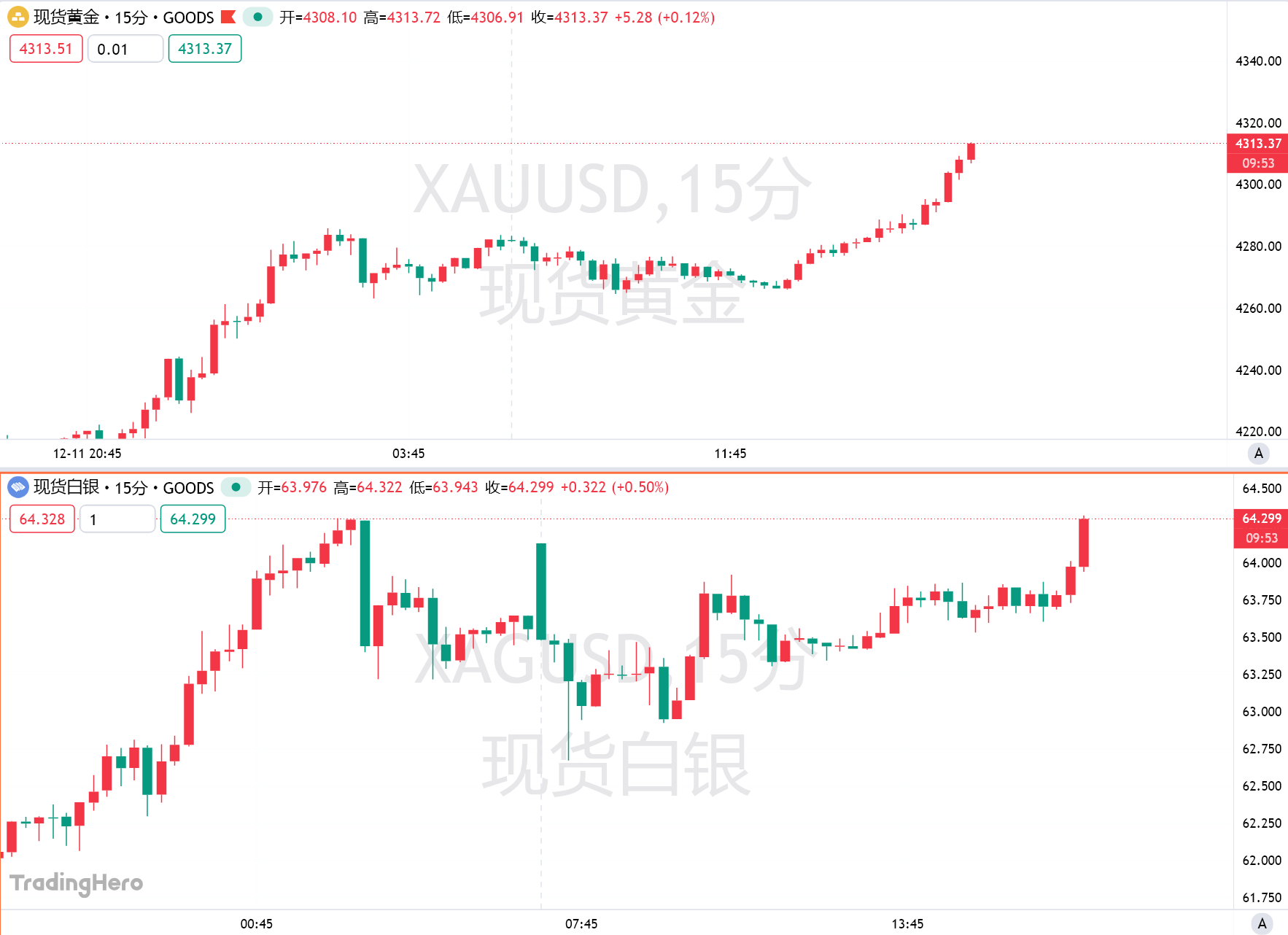The Case for Strategic Entry into Solana (SOL) Amid Institutional Accumulation and Regulatory Shifts
- Q3 2025 sees $1.72B institutional inflows into Solana (SOL), with 13 public companies holding 1.44% of total supply. - Regulatory momentum builds as SEC prepares Solana ETF decision, while RWA tokenization drives 150% market growth via BlackRock/Apollo. - Bitcoin's stabilization (59.18% dominance) redirects capital to altcoins, with Solana capturing significant share via 65,000 TPS infrastructure. - Institutional flywheel effect emerges: Pantera's $1.25B SPAC and staking yields create scarcity, while Spa
The crypto market in Q3 2025 is witnessing a seismic shift. While Bitcoin's price stability has created a foundation for risk-on behavior, the real fireworks are in altcoins—particularly Solana (SOL). With institutional capital surging into the Solana ecosystem, regulatory tailwinds gaining momentum, and Bitcoin's volatility acting as a catalyst for capital reallocation, the case for a strategic entry into SOL is compelling. Let's break it down.
Institutional Momentum: A $1.72 Billion Bet on Solana's Future
Institutional investors are not just watching the Solana train—they're boarding it. Over the past quarter, 13 publicly traded companies have injected $1.72 billion into Solana reserves, collectively holding 1.44% of the total supply (8.277 million SOL). Sharps Technology Inc., the largest holder, now owns 3.4 million SOL ($445.4 million), while Upexi Inc. and DeFi Development Corp. have added 2 million and 1.42 million SOL, respectively. These moves mirror MicroStrategy's Bitcoin playbook: raising equity capital to fund crypto acquisitions, then leveraging staking yields and validator services to compound value.
Pantera Capital, a major player in the crypto space, is raising up to $1.25 billion for a dedicated Solana treasury, dwarfing the $650 million already held by public companies. Sharps Technology, backed by Pantera's $400 million infusion, has even secured discounted Solana tokens from the Solana Foundation to fuel its treasury. This isn't just speculation—it's a calculated, institutional-grade bet on Solana's scalability and infrastructure.
Regulatory Clarity: The ETF Catalyst and RWA Tokenization
Regulatory developments in Q3 2025 have further solidified Solana's institutional appeal. The U.S. SEC's decision on a spot Solana ETF, expected by October 16, 2025, could unlock $3–6 billion in institutional capital if approved. The precedent set by the REX-Osprey SSK ETF—showcasing staking yields within an institutional-grade fund—has already demonstrated the viability of Solana-based financial products.
Meanwhile, Solana's tokenization partnerships are reshaping the real-world asset (RWA) landscape. BlackRock's BUIDL tokenized money market fund and Apollo's ACRED private credit fund, both built on Solana, have driven a 150% growth in the RWA market in H1 2025. SpaceX's use of Solana-based stablecoins to aggregate Starlink revenue and Stripe's $1.5 billion in monthly cross-border payments via Solana's infrastructure underscore the chain's utility. These developments aren't just technical—they're structural, positioning Solana as the go-to settlement layer for tokenized assets.
Bitcoin's Stabilization: A Tailwind for Altcoin Rotation
Bitcoin's volatility in Q3 2025—marked by a flash crash in early August—has inadvertently created a favorable environment for altcoins. The $2.7 billion sell-off from a single whale sent Bitcoin below $111,000, triggering $550 million in liquidations. However, this outflow was swiftly absorbed by Ethereum and top-tier altcoins, with Solana capturing a significant share.
Ethereum's structural advantages—30% staked supply, the Shanghai upgrade, and declining exchange-held ETH—have made it the primary beneficiary. But Solana's high-throughput blockchain and VanEck's approved ETF have positioned it as a high-growth play. While Ethereum's Sharpe ratio (0.79) outperforms many altcoins, Solana and Chainlink offer asymmetric upside potential, making them strategic additions for investors seeking growth.
The Investment Thesis: Why Solana is a High-Conviction Play
- Institutional Flywheel: The accumulation of 1.44% of the total supply by public companies, combined with Pantera's $1.25 billion SPAC initiative, creates a flywheel effect. As institutional treasuries grow, so does demand for SOL, reducing supply and increasing scarcity.
- Regulatory Momentum: The SEC's ETF decision and the GENIUS Act's clarity on digital assets are reducing regulatory ambiguity, enabling broader institutional participation.
- Technical Superiority: Solana's 65,000 TPS and low-cost infrastructure make it a natural choice for RWA tokenization and DeFi scaling. Projects like BlackRock's BUIDL and SpaceX's stablecoin usage validate its utility.
- Bitcoin's Role as a Stabilizer: Bitcoin's maturation into a store-of-value asset has freed up capital for risk-on altcoins. With Bitcoin's dominance stabilizing around 59.18%, investors are allocating 10–15% of portfolios to high-utility altcoins like Solana.
Risks and Mitigations
While the case for Solana is strong, risks remain. Regulatory uncertainty—particularly around the SEC's ETF decision—could introduce volatility. Additionally, concentration of supply in institutional hands (e.g., Pantera's SPAC) might distort liquidity. However, the growing institutional consensus (Galaxy Digital, Jump Crypto, and Multicoin Capital's $1 billion Solana treasury initiative) and Solana's deflationary tokenomics (7% staking yields) provide a buffer.
Conclusion: Time to Ride the Wave
The convergence of institutional momentum, regulatory clarity, and Bitcoin's stabilizing role has created a perfect storm for Solana. With a market cap of $109.3 billion and a 24-hour volume of $9.23 billion, SOL is no longer a speculative bet—it's a strategic play for investors seeking exposure to the next phase of crypto's evolution.
For those with a high-risk tolerance and a long-term horizon, Solana offers a compelling entry point. But act swiftly: with Pantera's SPAC and the SEC's ETF decision on the horizon, the window for strategic entry may close faster than you think.
Disclaimer: The content of this article solely reflects the author's opinion and does not represent the platform in any capacity. This article is not intended to serve as a reference for making investment decisions.
You may also like
A decade-long tug-of-war ends: "Crypto Market Structure Bill" sprints to the Senate
At the Blockchain Association Policy Summit, U.S. Senators Gillibrand and Lummis stated that the "Crypto Market Structure Bill" is expected to have its draft released by the end of this week, with revisions and hearings scheduled for next week. The bill aims to establish clear boundaries for digital assets by adopting a classification-based regulatory framework, clearly distinguishing between digital commodities and digital securities, and providing a pathway for exemptions for mature blockchains to ensure that regulation does not stifle technological progress. The bill also requires digital commodity trading platforms to register with the CFTC and establishes a joint advisory committee to prevent regulatory gaps or overlapping oversight. Summary generated by Mars AI. The accuracy and completeness of this summary, generated by the Mars AI model, is still being iteratively updated.

Gold surpasses the $4,310 mark—Is the "bull frenzy" returning?
Boosted by expectations of further easing from the Federal Reserve, gold has risen for four consecutive days. Technical indicators show strong bullish signals, but there remains one more hurdle before reaching a new all-time high.

Trend Research: Why Are We Still Bullish on ETH?
Against the backdrop of relatively accommodative expectations in both China and the US, which suppress asset downside volatility, and with extreme fear and capital sentiment not yet fully recovered, ETH remains in a favorable "buy zone."
